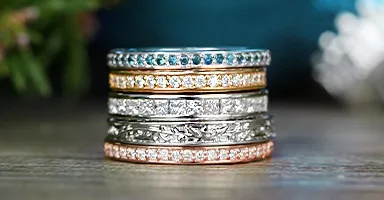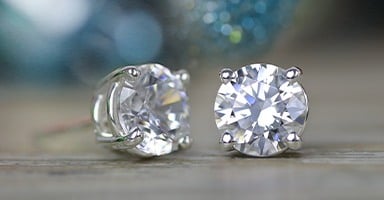What Are Diamond Clarity Characteristics?
Clarity characteristics can affect the appearance and price of a loose diamond. Knowing about diamond clarity when reviewing a Gemological Institute of America (GIA) diamond report or dossier can certainly be valuable.
Diamond Clarity Characteristics
Click on each characteristic symbol for a visual diamond example and description.
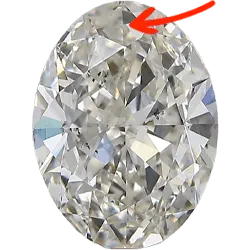
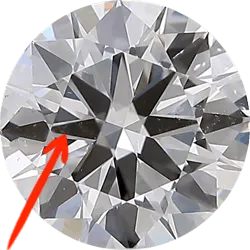

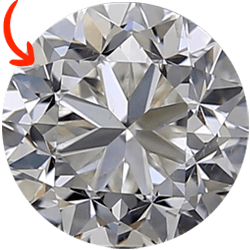
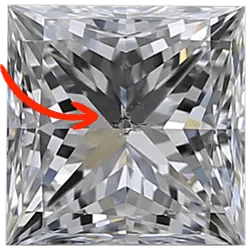
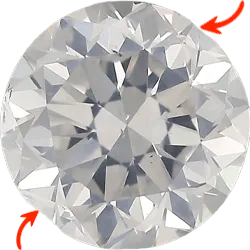
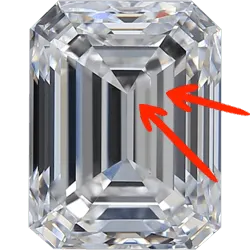
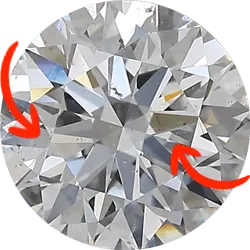
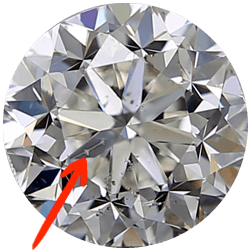
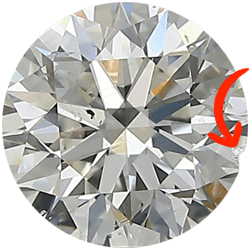
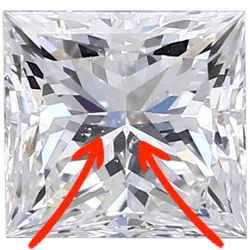
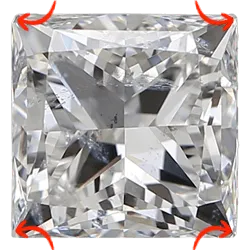
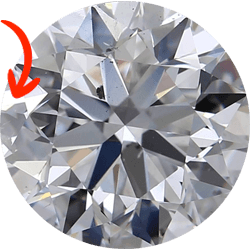
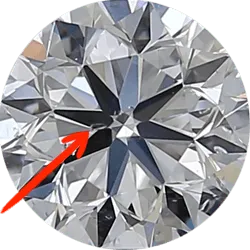
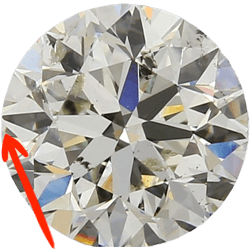
Understanding Diamond Clarity Characteristics on a GIA Plotting Diagram
A diamond’s unique fingerprint or clarity characteristics can be seen via its plotting diagram. The GIA potting diagram is available on all GIA diamond reports and dossiers. “A plotting diagram is a map of a diamond’s clarity characteristics”, says the GIA. “These are the blemishes that reside on a diamond’s surface and the inclusions which are internal characteristics.” Each clarity characteristic on a GIA diamond plotting diagram is defined by color and marking.
These colors can help you understand specific clarity characteristics prior to purchase:
- Red is the color used to identify most inclusions on a diamond
- Green identifies natural clarity characteristics such as inclusions as a result of the diamond’s formation in the earth
- Red and green identifies knots, laser drill holes, cavities, indented naturals, and etch channels
- Black simply identifies extra facets in a diamond’s fingerprint
Characteristics Associated with Diamond Clarity
A diamond is exposed to extreme heat and pressure during its formation deep within the earth. This natural process of diamond formation can result in "inclusions" (internal clarity characteristics) and blemishes (external clarity characteristics).
"Evaluating diamond clarity involves determining the number, size, relief, nature, and position of these characteristics, as well as how these affect the overall appearance of the stone", according to the GIA. "While no diamond is perfectly pure, the closer it comes, the higher its value".
Inclusions and blemishes are examined under 10x magnification by professional diamond graders, and come in various forms. From bearded girdles to chips, the fewer inclusions and blemishes a diamond has, the more rare and valuable it is. This makes checking diamond quality just as valuable.

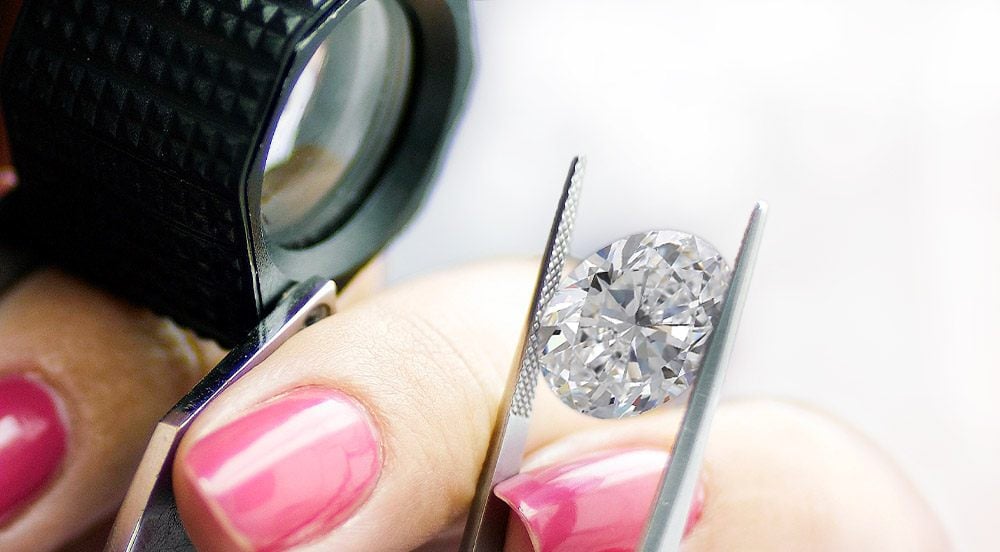
Why are Diamond Clarity Characteristics Important?
The natural formation of a diamond and the mining and polishing processes all affect clarity characteristics. It is certainly true that no two diamonds are alike, and a diamond’s clarity characteristics act as a fingerprint.
"The GIA Clarity Scale contains 11 grades, with most diamonds falling into the VS (very slightly included) or SI (slightly included) categories", according to the GIA.
For example, an SI and VS diamond may appear to be the same to the untrained naked eye. But by using clarity characteristics, the value of the two diamonds may be significantly different.
GIA Diamond Clarity Scale:
Below is how GIA rates diamond clarity, from Flawless to included. Learn more about Diamond Clarity and why it matters when buying a diamond.
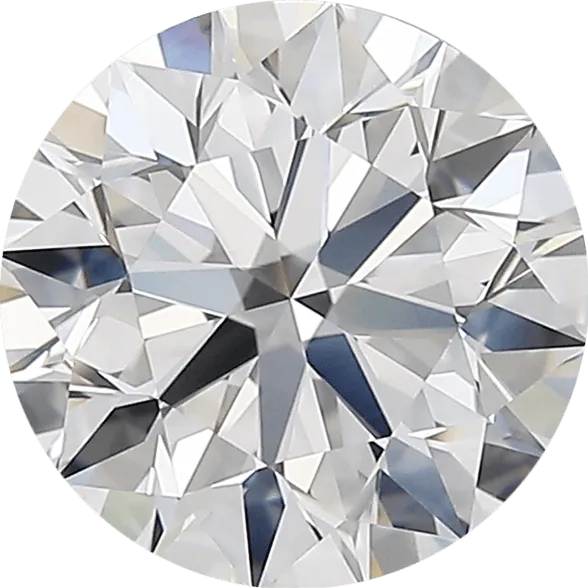
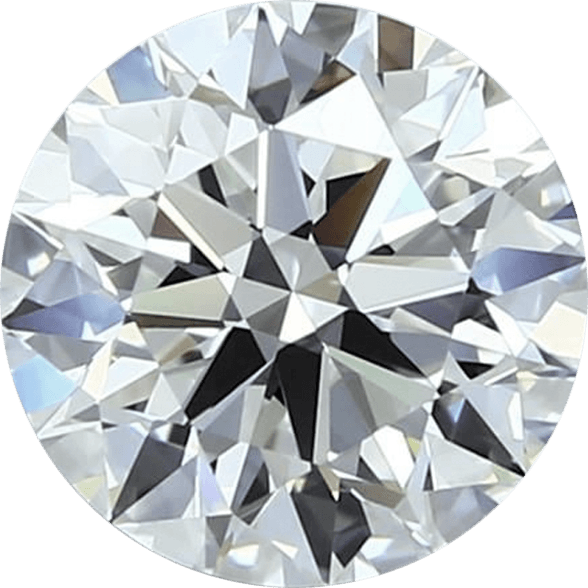
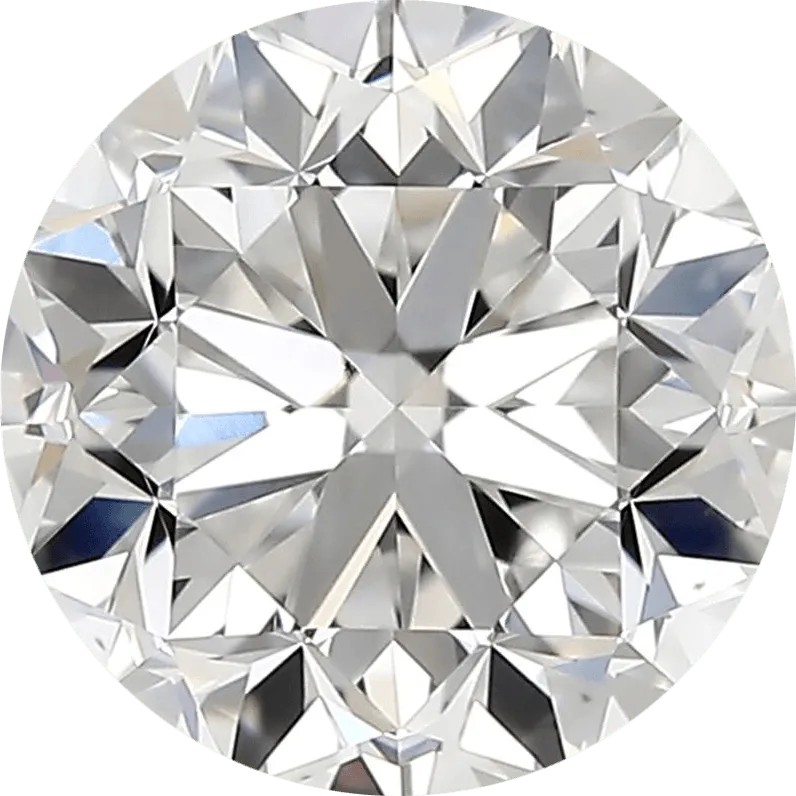
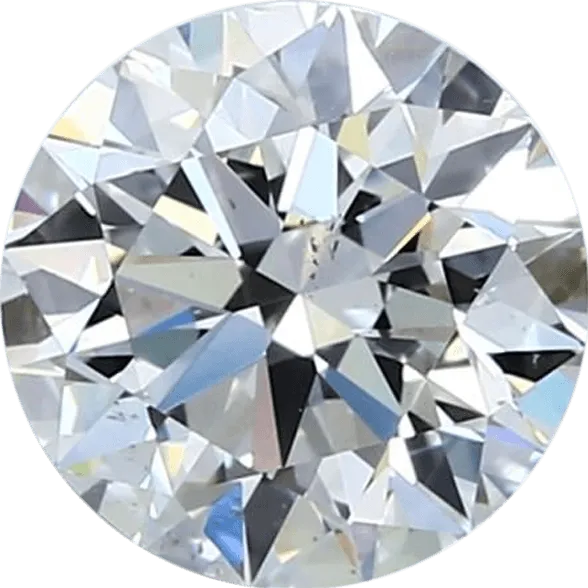
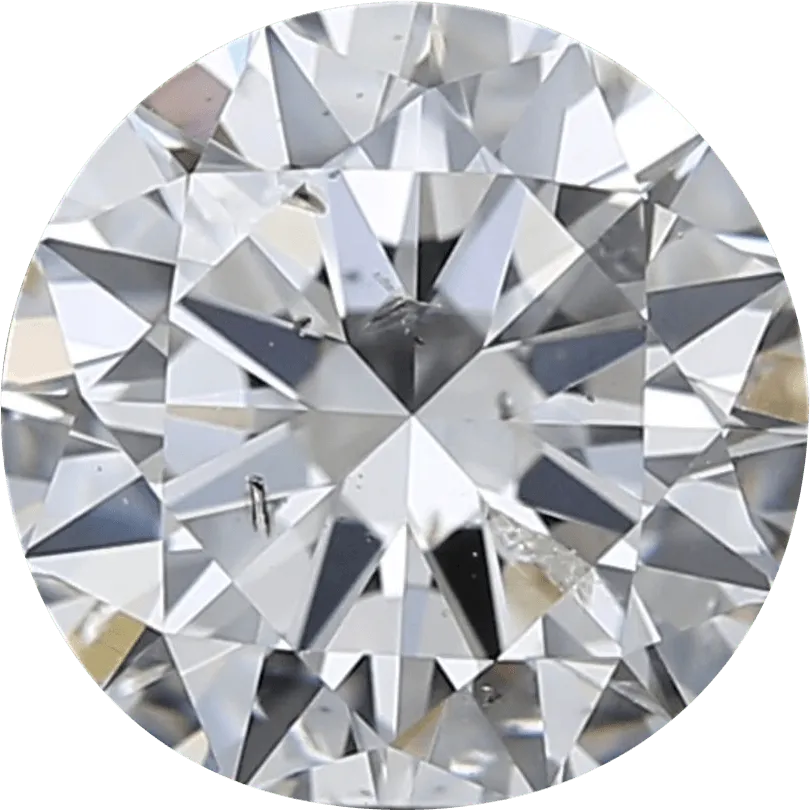
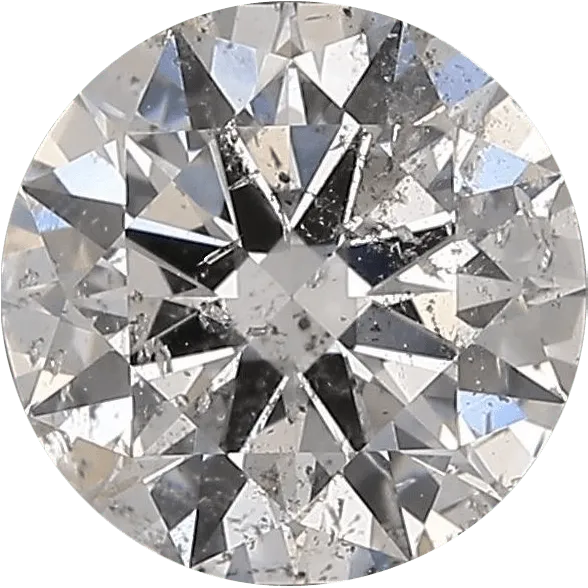
When searching for the perfect diamond that encompasses your unique preferences and budget, make clarity a priority. It is almost impossible for an untrained naked eye to spot inclusions and blemishes. This makes understanding the GIA plotting diagram vital prior to purchase. You certainly want to make the purchase of a lifetime one of value.


